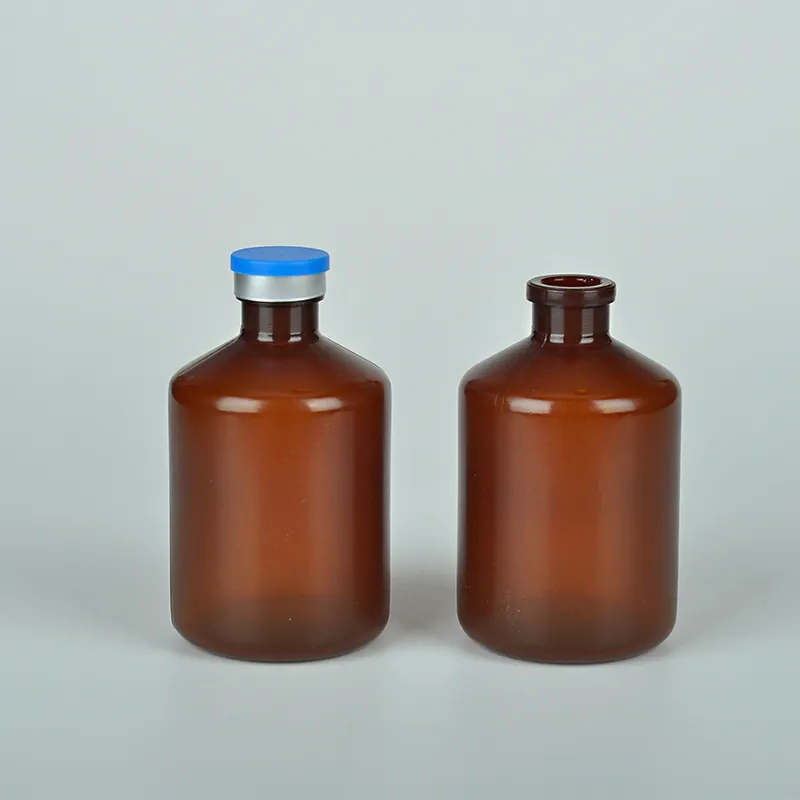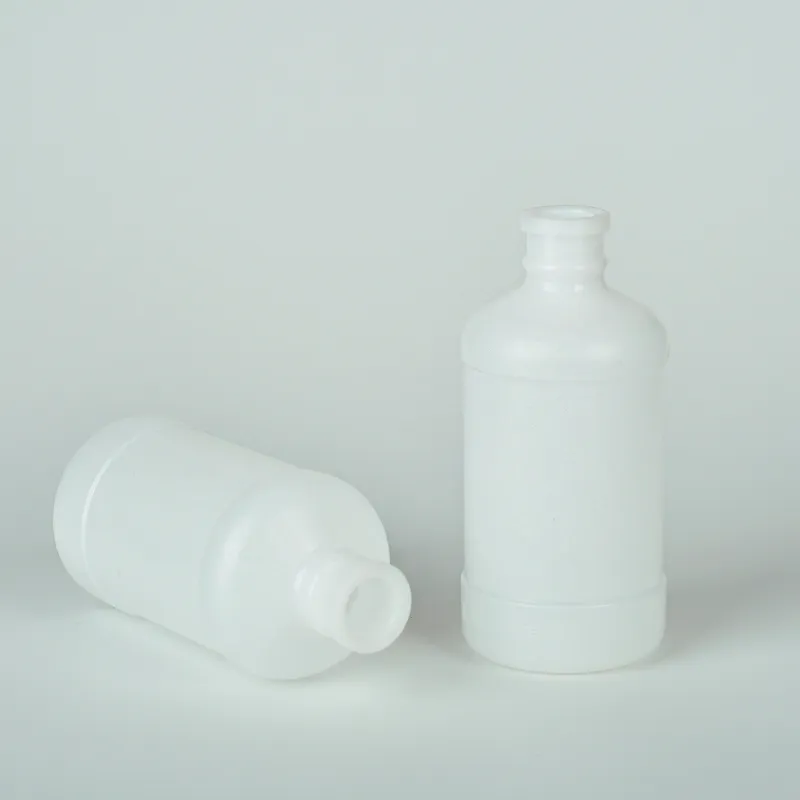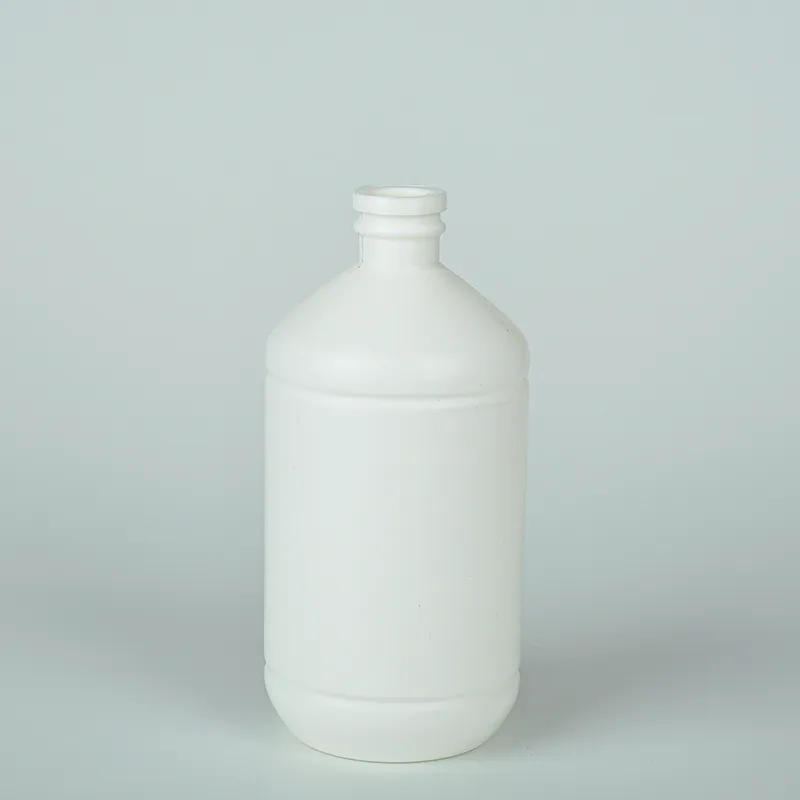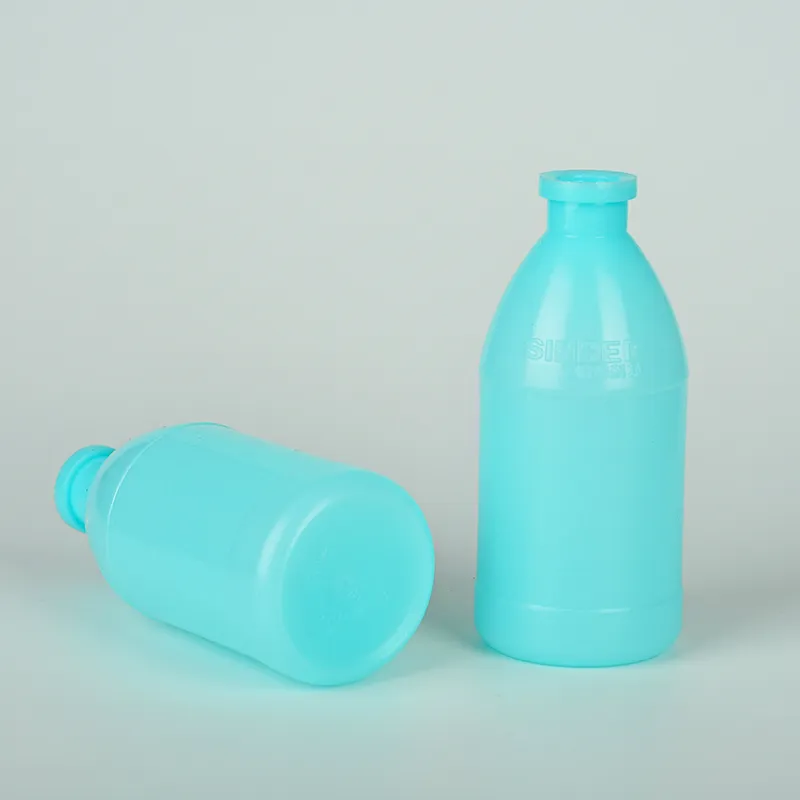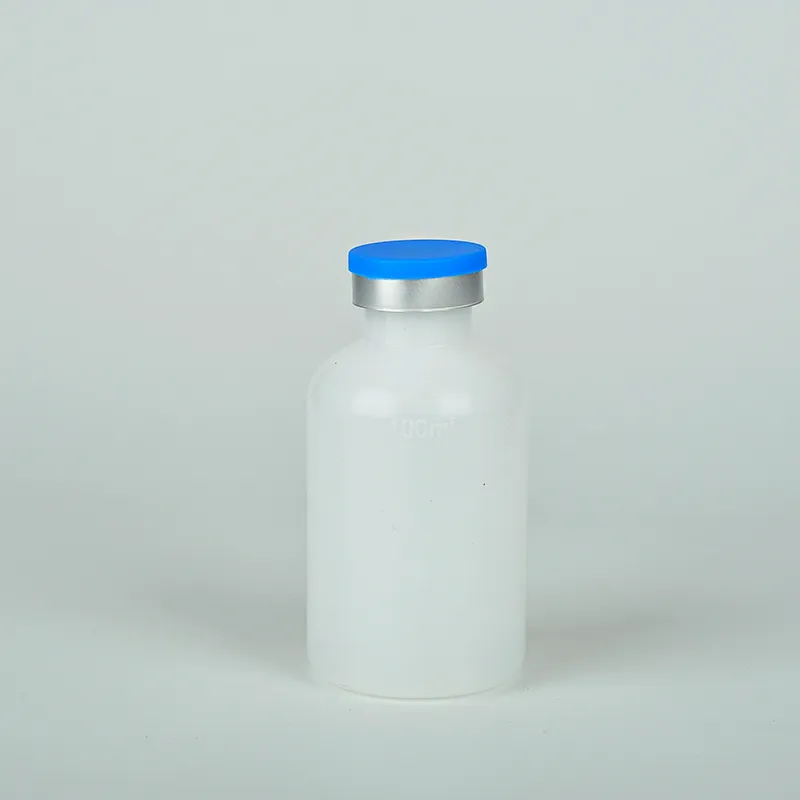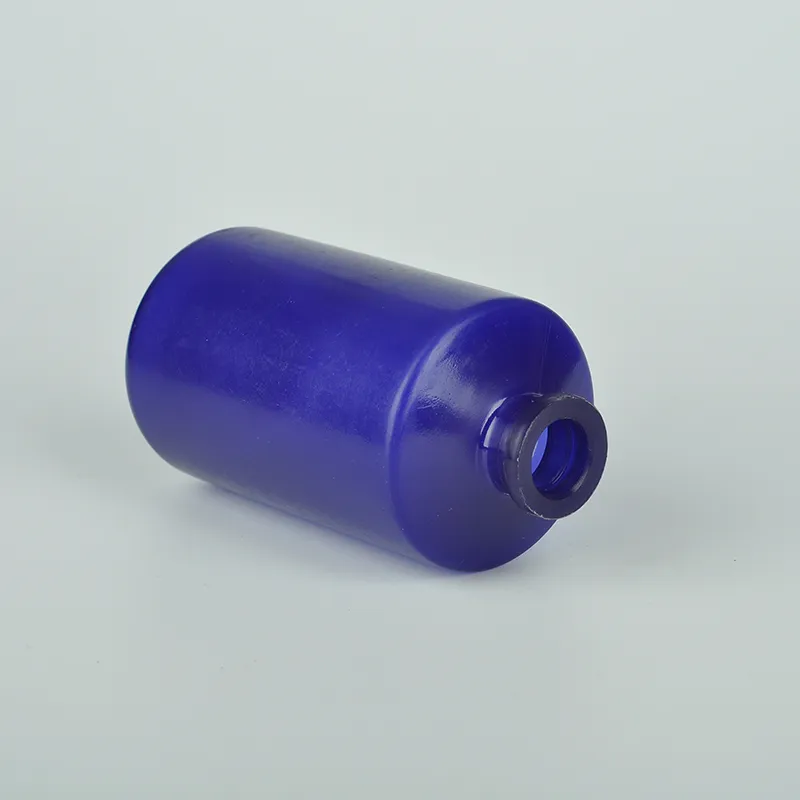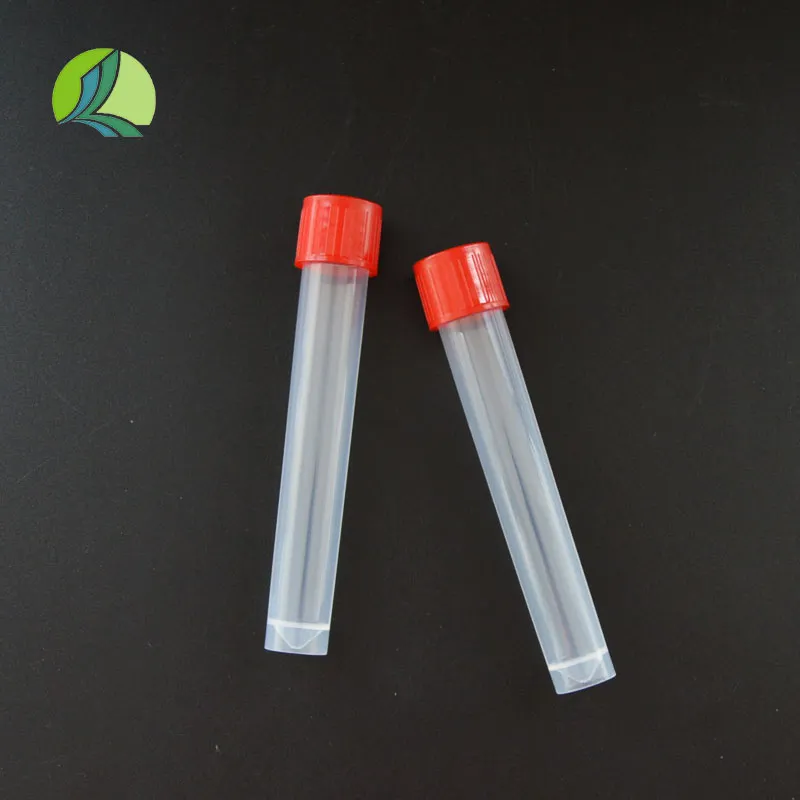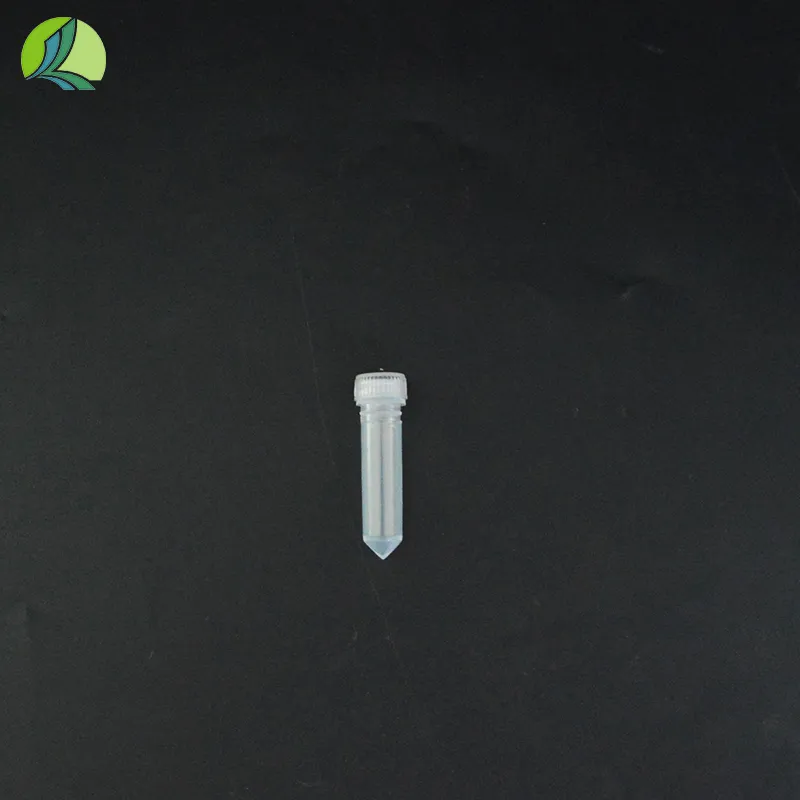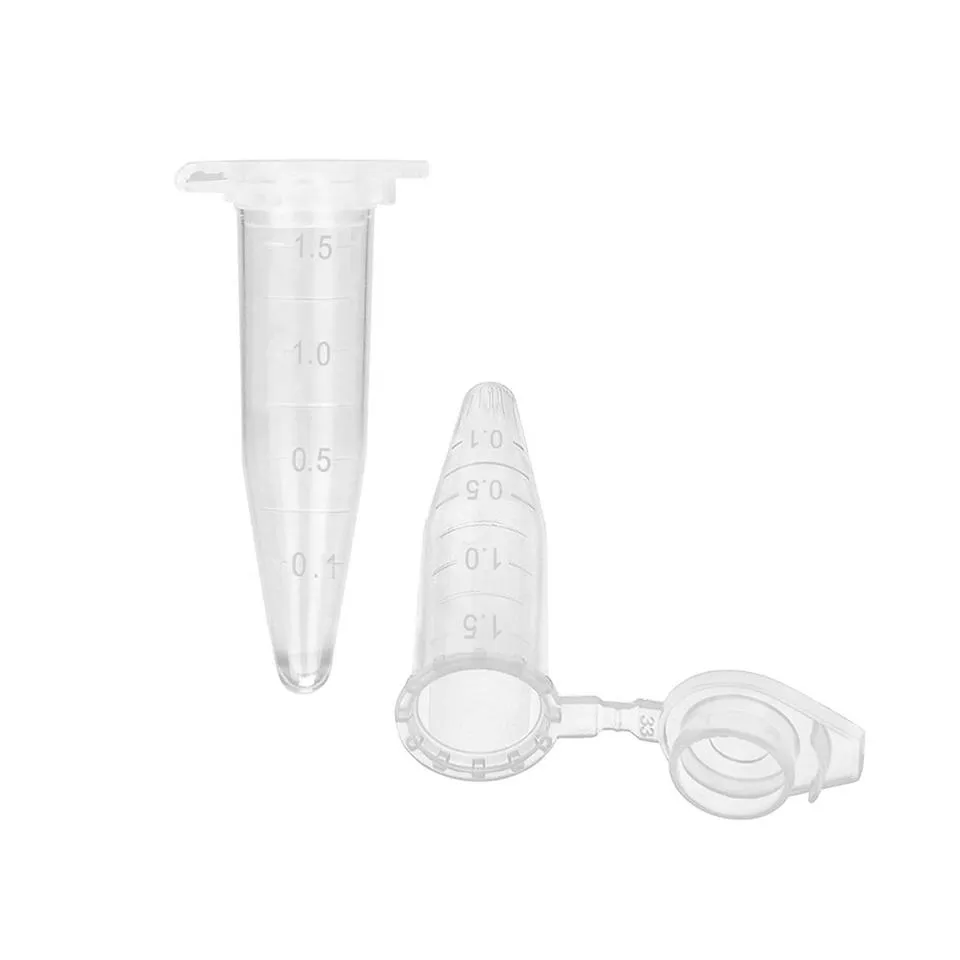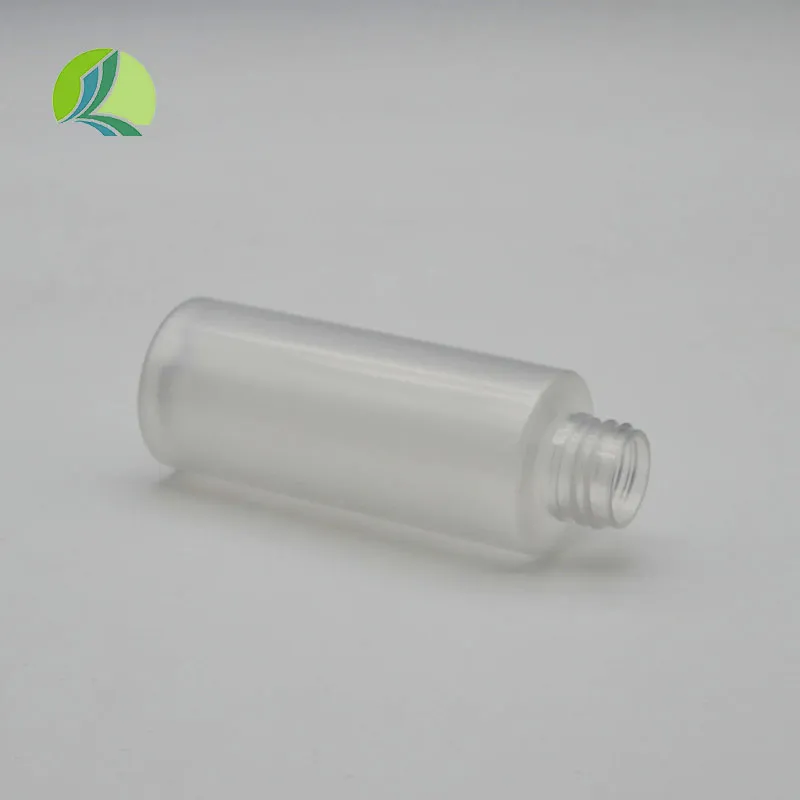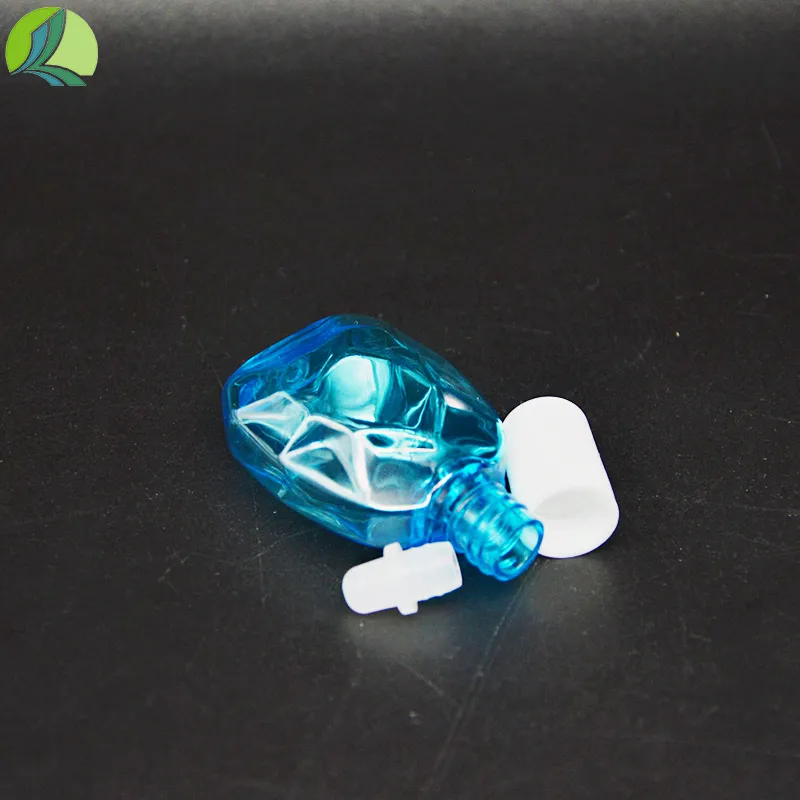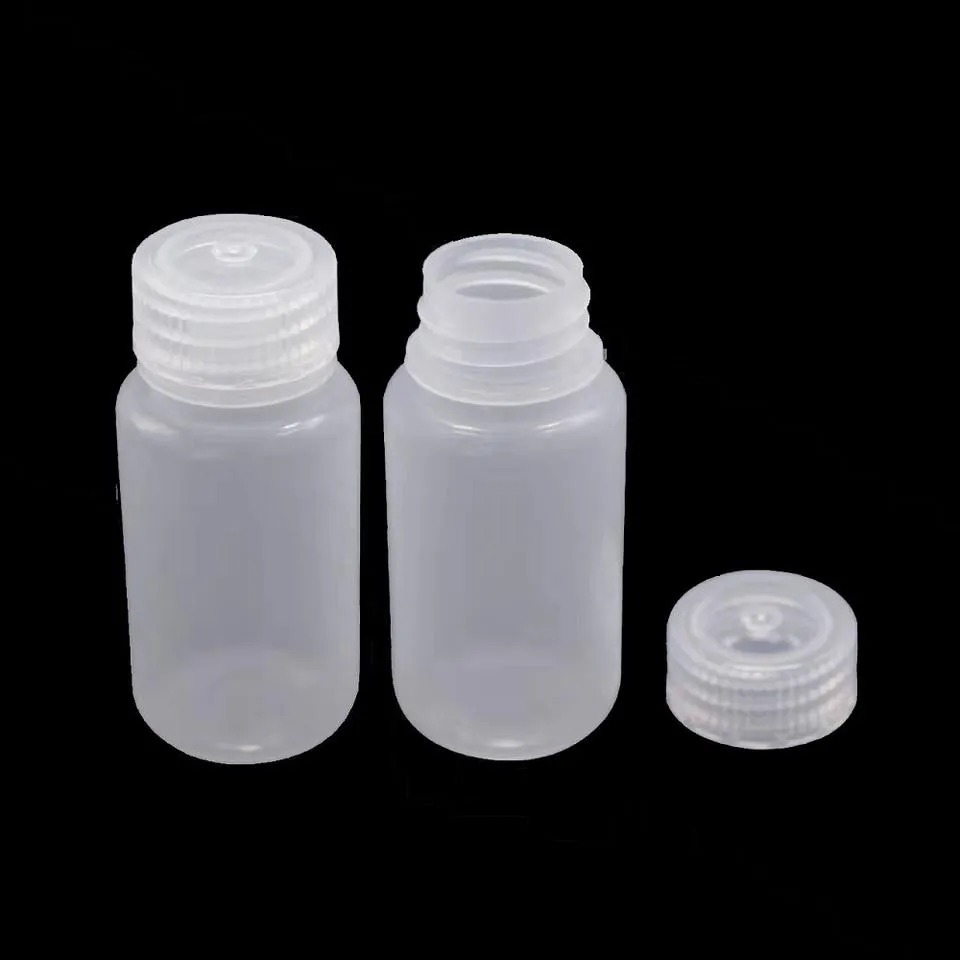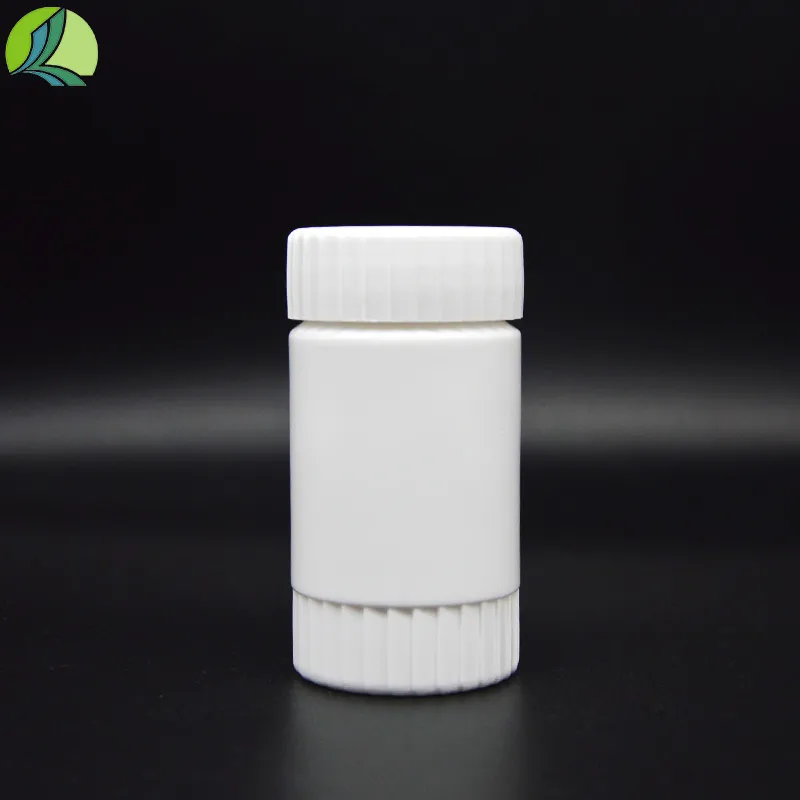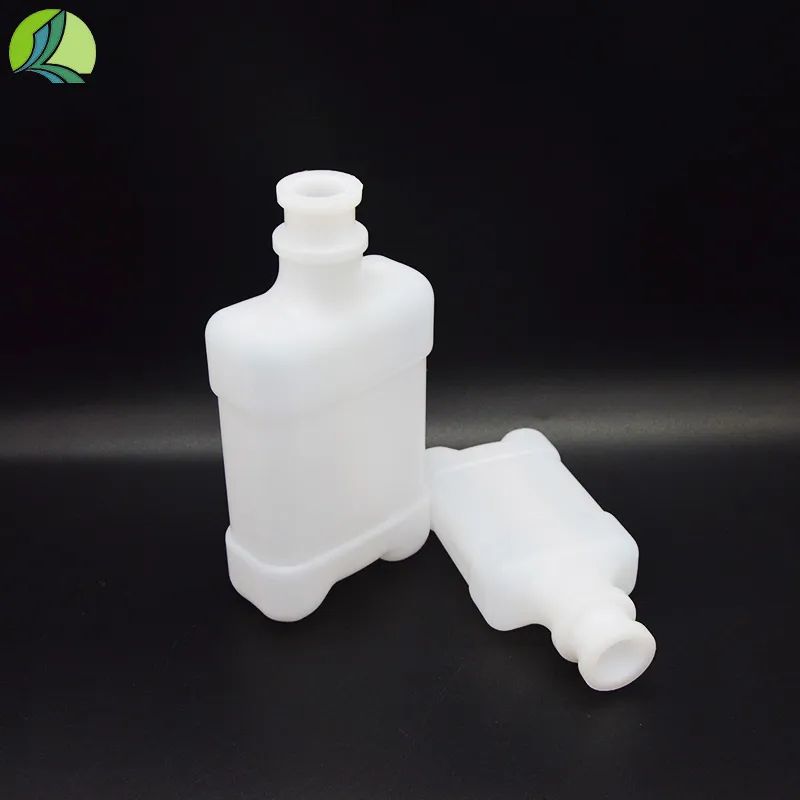Efficient Extraction Tubes for Sample Collection and Analysis
Understanding Sample Extraction Tubes A Comprehensive Overview
Sample extraction tubes have become essential tools in various scientific and clinical settings. These specialized devices are designed to facilitate the collection, transport, and analysis of biological samples. Their utility spans across multiple disciplines, including forensic science, clinical diagnostics, environmental testing, and more. This article delves into the significance, functionality, and advancements in sample extraction tube technology.
What are Sample Extraction Tubes?
Sample extraction tubes are cylindrical containers, typically made from plastic or glass, that are used to capture and preserve biological fluids such as blood, saliva, urine, or tissue samples. These tubes often come with a variety of features including vacuum sealing, specific additives, and color-coded caps to denote different uses or preservation methods. They are designed to minimize contamination and enhance the stability of the samples during transport and analysis.
Importance in Clinical Diagnostics
In clinical settings, sample extraction tubes play a pivotal role in ensuring the accuracy and reliability of diagnostic tests. For instance, blood samples are commonly collected in tubes that contain anticoagulants to prevent clotting. This ensures that the plasma can be separated and analyzed for biomarkers associated with various diseases. The right tube can make a significant difference in test outcomes, influencing both diagnosis and treatment plans.
Forensic Applications
In the realm of forensic science, the collection of evidence is paramount. Sample extraction tubes are critical for preserving biological samples from crime scenes, such as blood or saliva. These tubes are designed to protect the integrity of the samples, preventing contamination or degradation over time. Forensic professionals rely on proper sample collection and preservation to uphold the chain of custody and ensure that evidence remains admissible in court.
sample extraction tube

Environmental Testing
Environmental scientists utilize sample extraction tubes to collect soil, water, or air samples for analysis. These tubes are essential for assessing pollution levels, analyzing contaminants, and monitoring ecosystem health. The ability to preserve samples until testing can offer crucial insights into environmental conditions and guide regulatory actions.
Technological Advancements
Recently, there has been significant innovation in the design and functionality of sample extraction tubes. New materials that enhance preservation qualities are being employed, along with tubes that incorporate integrated features such as temperature indicators or RFID tags for tracking. Additionally, companies are focusing on making tubes easier to use, often incorporating features that reduce spill risks and improve labeling processes.
Best Practices for Use
To ensure accuracy and reliability, following best practices when using sample extraction tubes is critical. This includes selecting the appropriate tube type for the specific test being conducted, properly labeling samples, and adhering to correct collection and storage procedures. Training staff on these practices ensures consistency and minimizes errors, ultimately leading to better diagnostic and analysis outcomes.
Conclusion
Sample extraction tubes are vital tools in the scientific and clinical landscape. Their role in preserving biological samples for diagnostics, forensic investigations, and environmental assessments highlights their multifunctionality and importance. As technology advances and the demand for high-quality testing increases, we can expect further innovations in their design and application, ultimately leading to improved outcomes across various fields. By understanding and utilizing these tools effectively, professionals can enhance the quality of their work and contribute to advancements in health, safety, and scientific research.
-
Aesthetic Makeup Spray Bottles | Fine Mist Empty RefillableNewsAug.19,2025
-
White Plastic Veterinary Vaccine Vials | Lab Liquid BottlesNewsAug.18,2025
-
Plastic Medicine Liquid Bottle: Secure Flip Top Drug VialsNewsAug.17,2025
-
Durable 250ml Blue Plastic Vaccine Vial for Lab & Vet UseNewsAug.16,2025
-
Sterile Virus Sample Tubes: Secure & Reliable Specimen CollectionNewsAug.15,2025
-
White 250ml Plastic Vaccine Vial for Lab & Vet MedicineNewsAug.14,2025





